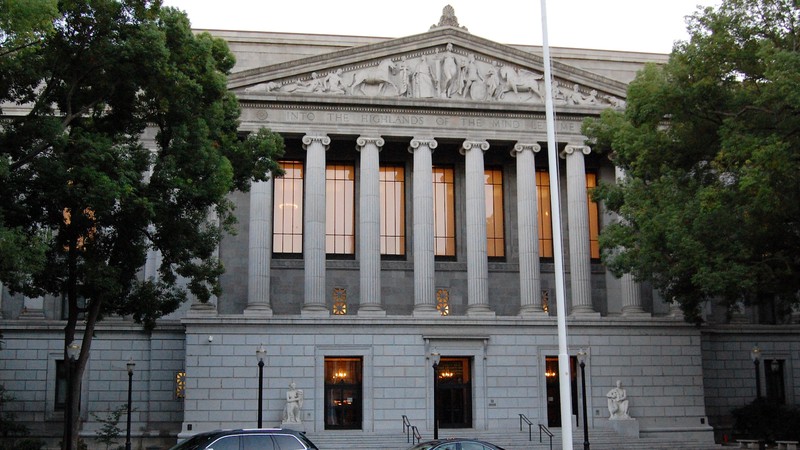Must cities switch 'at-large' elections to voting by district? State Supreme Court will decide.

The future of at-large city elections, a crucial voting rights issue, is now in the hands of the California Supreme Court. Roman Eugeniusz / Wikimedia Commons C.C. 3.0 Share-Alike License
A case that could set voting rights in California “back 20 years,” according to former secretary of state and current U.S. Senator Alex Padilla, finally reached the state Supreme Court on June 27. Justices heard oral arguments in Pico Neighborhood Association v. City of Santa Monica, a case to decide whether “at-large” local elections violate the constitution.
Why does that matter? Because according to research studies as well as voting rights advocates including Padilla, “at-large” voting discriminates against voters from ethnic and racial minority communities.
Under an at-large system, all voters in a jurisdiction (a city, school district etc.) cast ballots for a single set of candidates running for city council, school board or some other elected governmental body. If a single voting bloc—say, white voters—holds a majority in that jurisdiction those voters can overwhelm those from smaller blocs, effectively shutting out candidates who would better represent their interests.
Dividing cities into districts, with one elected rep from each, gives minority groups a better shot at putting their own candidates into office.
Why is the Santa Monica Case Important?
In 2016, the Pico Neighborhood Association, representing a heavily Latinx district of Santa Monica, filed a lawsuit alleging that the Southern California city’s at-large city council elections violated the state constitution’s equal protection clause, as well as the 2001 California Voting Rights Act (CNVA) by “diluting” the voting power of the Latinx population and preventing them from “influencing” elections.
In 2019, a Los Angeles Superior Court judge agreed. At-large elections did, in fact, violate the CNVA and constitution. The court ordered Santa Monica to convert its system to district elections—and to cover the Pico Association’s legal fees to the tune of $22 million.
According to research studies as well as voting rights advocates including Padilla, “at-large” voting discriminates against voters from ethnic and racial minorities.
But one year later, California’s Second District Court of Appeal overturned the lower court’s ruling—the first time in a long series of CNVA lawsuits against cities over the at-large issue that a city was able to defend its voting system. At-large elections passed the constitutional test again, setting up the June 27, 2023, Supreme Court hearing.
What Happened at the Supreme Court?
The Appeals Court held that because the newly formed Pico district would still be only 30 percent Latinx, it would still fail to create a Latinx majority, meaning that those voters did not experience “diluted” influence as a result of at-large elections. The court decreed that a plaintiff must prove dilution, in addition to showing that “racially polarized” voting has occurred in previous elections.
In questioning the Pico group’s attorney, Kevin Shenkman—who has won several previous cases forcing cities to switch to district elections—Justice Kelli Evans said that the CVNA does not promise minorities the right to elect their own representatives, but it does guarantee that they should be able to “influence” elections.
But Evans was joined by other justices in expressing concern over the definition of “influence,” arguing that their ruling should define the term to ensure that future court rulings in CNVA cases are based on a consistent standard.
Attorney Ted Boutros, representing the City of Santa Monica, scoffed at the Pico Association’s arguments, saying that they relied on a “cartoonish interpretation of data.”
According to U.S. Census data, Santa Monica’s population is 16.6 percent Latinx. Boutros noted that despite the relatively low population figure, four of the seven current city council members there—that’s 57 percent—belong to that ethnic group.
No date is set for when the state Supreme Court will issue its decision on the Pico case.